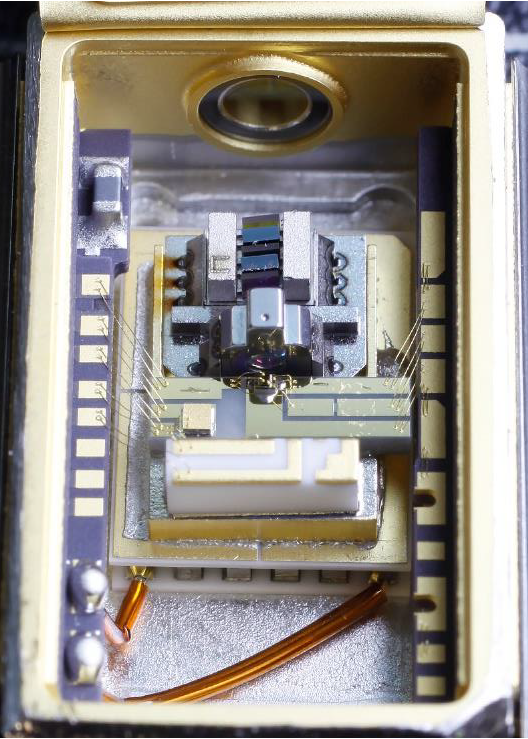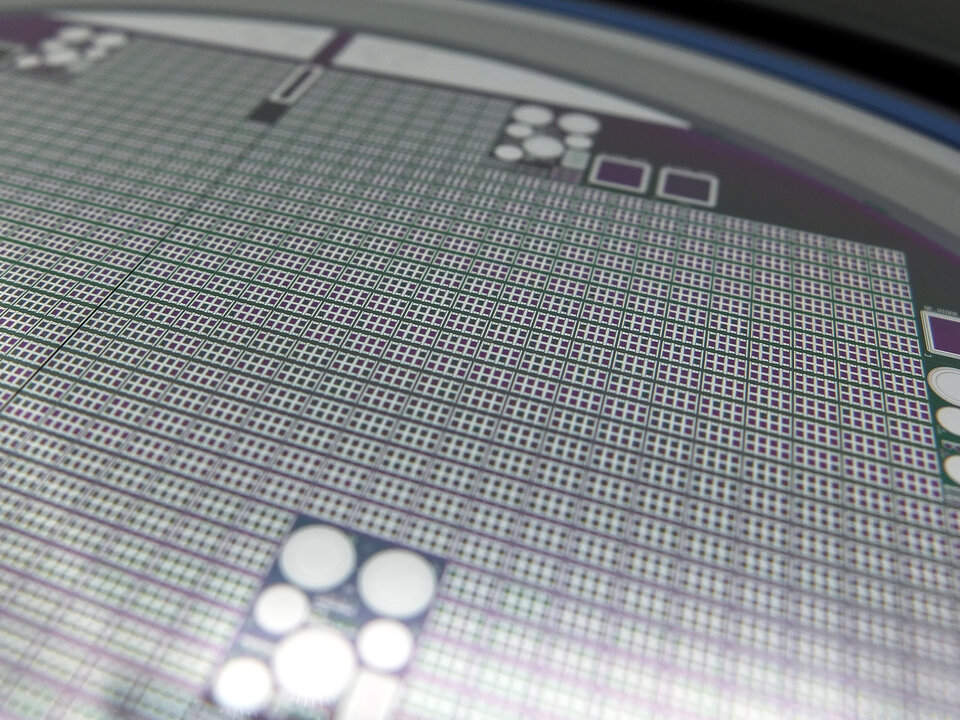Photonic Components
Photonic components are those in which light (photons) are generated, controlled, and detected, analogous to ‘electronic’ components processing of electrons. Historically, the first photonic component to be widely employed in space systems was for providing the simple function of galvanic isolation between electrical circuits operating at different voltages (i.e. optocouplers). However there is an increasing use of a wide range of photonics on-board satellites, to gain improvements in existing applications, or opening up completely new domains.
What is the Photonic Components domain?

Photonic Components covers a very broad range of devices, wherever light is used as the media to bring information to a system. The broad range of devices similarly implies a wide range of applications, ranging from communications where light transmits the data in a sequence of coded bits – still considered in the early phase of its introduction to satellite application – , or light being an optical reference in a calibration system for Earth Observation satellites.
The complete family covers several technologies. The simplest of which are the discrete semiconductors components family where the emitters (laser diodes, LEDs), the receivers (photodiodes, phototransistors), and dual components (opto-couplers) are packaged in a simple way. Hybrid photonics are the next step further in terms of complexity, where some additional functions are embedded within the same package as the chip, like the optical coupling system to inject the light in a fibre, or the electrical thermal-cooler to keep the chip of a laser diode at a constant temperature during its operation. There are often also additional photonics components helping the handling and routing of the light, for instance to separate or combine beams, block back-reflections, filter the wavelengths, modulate or amplify the signal.
Why are Photonic Components important?

Photonic Components can be widely found in Telecom, Science, and Earth-observation mission payloads, in applications such as communications, sensors, spectrometers, etc.
The traditional benefit that comes with using light for communications or data transfer resides in the insensitivity to parasitic electrical signals, as well as reduced size, weight and power for comparable data rates using all-electrical systems. For other applications, such as providing a precise colour reference for calibrating a spectrometer throughout a mission lifetime, photonics offer an attractive and elegant solution (i.e. a laser in this example). Furthermore, for emerging applications like quantum key distribution; a variation of optical communication which can be used to generate a secure key for encryption; this only becomes possible through the use of photonics. Another astounding example is the Laser Interferometer Space Antenna Science mission currently in development; where a powerful laser beam is used to measure with pico-meter accuracy the distance between three identical spacecraft flying in a triangular constellation at a mean separation of 2.5 million kilometres.
Whether the photonic components are used to open up completely new applications, or to advance the performances in existing applications, it is not so straightforward when it comes to defining and implementing the system. While there are many EEE qualified components for space application, very few photonic components have achieved this level of testing, and today most of the missions use custom components that need to be proven to be reliable up to the end of life of the satellite.
The Photonic Components Section at ESA is working together with the Industry and Research Institutes to develop, test and qualify various photonic components for use in space. The testing includes checking the performance of the components while exposing them to environmental stresses such as radiation, high and low temperatures, vibrations, moisture ingress.
ESCIES https://escies.org

